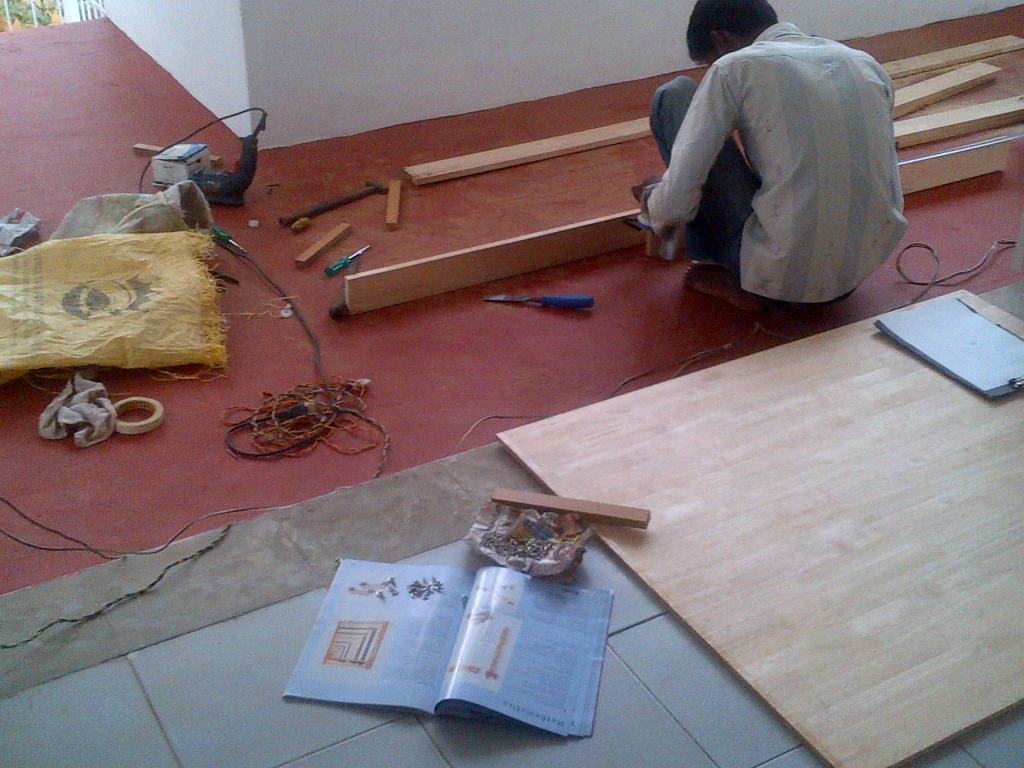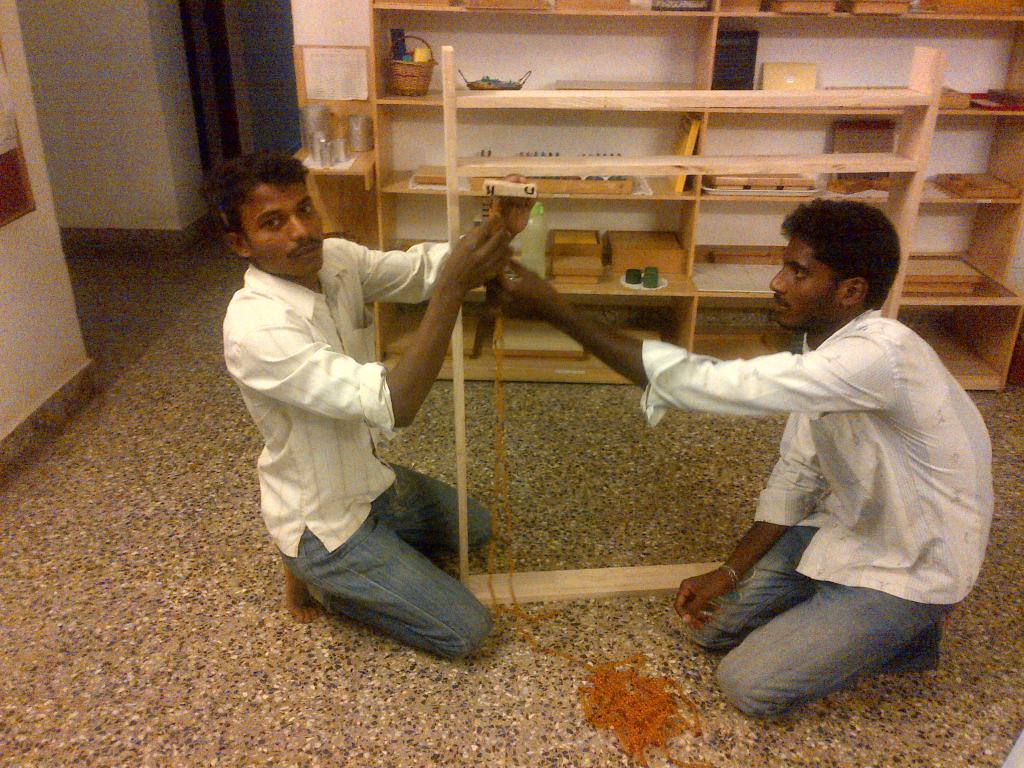I recently gave the first great lesson – the story of the universe to the elementary children. This is a period of great excitement, questions and ponderings for the children and well, for me too. I am always especially excited for the children who are hearing this epic tale for the first time. An entire universe is unlocked and ready for their explorations.
The entire Montessori ‘curriculum’ during the elementary years is dubbed as ‘Cosmic Education’. Cosmic Education connects all players in the Cosmic Drama, both animate, as well as inanimate. It is an opportunity for the child to unify themselves with the very cosmos!
Lofty ideals these, but Montessori is ALL about lofty ideals. The primary aged child has the gift of developing a ‘unified self’, the elementary aged child has the gift of ‘unifying with the cosmos’ and the adolescent, ‘unifying with ones fellow beings’.
Each and every year I see these stupendous ideals fleshed out into practical experiences that guide the children on their path.
This year, soon after I presented the story of the universe to the children I saw the movie ‘Agora‘. It’s the fictionalised story of the life of Hypatia– the Alexandrian mathematician and philosopher who lived during the 4th century CE. Living through times of religious strife, Hypatia managed to hold on to her beliefs and till the very end dedicate her life to probing the secrets of the universe. At a time when the mere thought that the workings of the cosmos was anything less of pure perfection was considered heresy, Hypatia anticipated that the earth went around the sun in an elliptical orbit. Now an ellipse was considered an ‘impure’ shape – a base figure as compared to the ‘perfect’ circle, where the centre is constantly equidistant from its diameter. Hypatia was a woman far beyond her times.
While viewing the movie (which had it’s good and bad points, but this is not a film review) I couldn’t help but see a parallel between Hypatia and the elementary child. Both probe the secrets of the cosmos and ‘touch’ it with their gift of imagination, are sensitive to issues of fairness, cannot help but ask BIG, philosophical questions and attempt to find answers guided by their reasoning mind.
I often meet adults who have completely lost touch with the child they once were. Philosophical questions, the awesomeness of the universe and all the many splendours out there, leave them unmoved while they plod along life’s path miserable in their day-to-day existence.
My hope is that children who have received cosmic education will, no matter how old they get, always have the child they once were alive in them. No matter what difficulties life throws in their path, and there surely will be many challenges, they will never cease to feel wonder at this truly majestic universe that we inhabit, never cease to ask questions bigger than themselves and never fear to look for answers.
In short, my hope is that the Cosmic Education they receive will last them a lifetime.
“Cosmic Education is intended to help each of us search for our cosmic task as a species and as individuals. To do this, we must understand ourselves in context. It is only against the background of our place in the universe, our relationships with other living organisms, and our understanding of human unity within cultural diversity, that we can attempt to answer the question, ‘Who am I?’”
~ Micheal Duffy and D’Neil Duffy – Cosmic Education – Children of the Universe
To see a World in a Grain of Sand
And a Heaven in a Wild Flower,
Hold Infinity in the palm of your hand
And Eternity in an hour.
~ William Blake

















